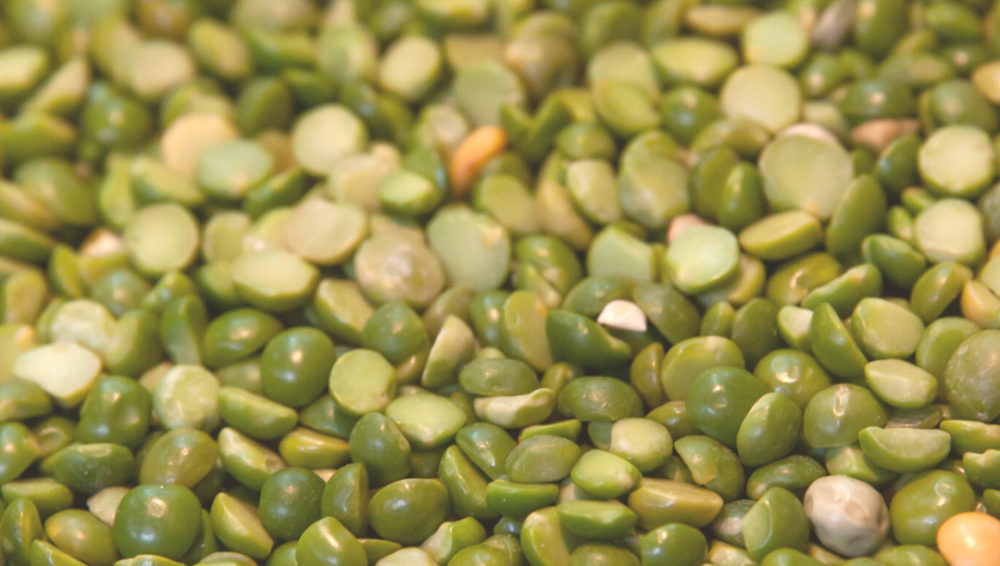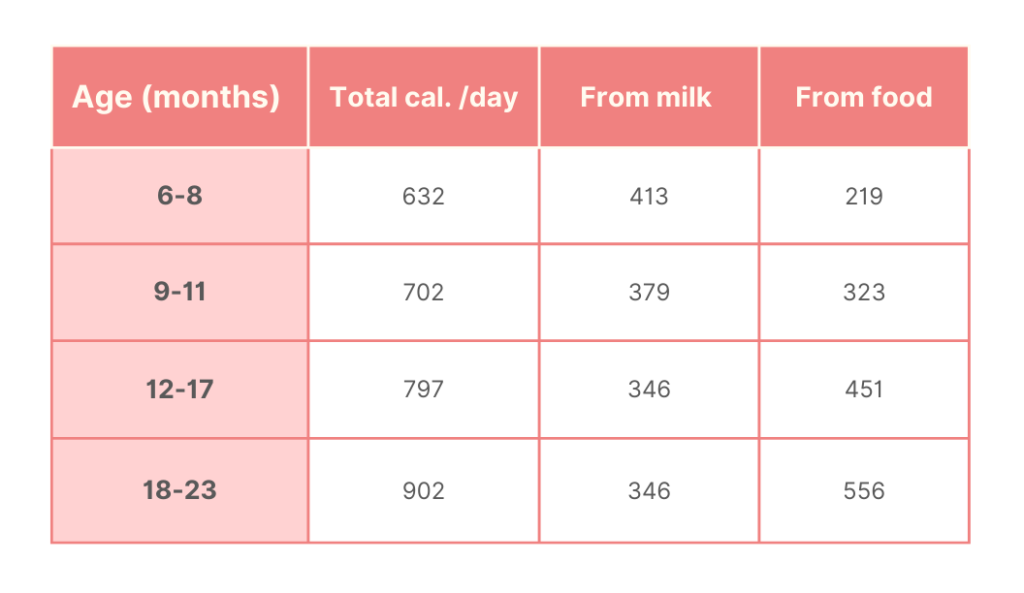Baby recipes: green peas

Green peas are a good source of vitamins, minerals, and fiber, which are important for a Your Child’s immune system and for healthy skin and eyes.
Recommended recipe: Chicken and pea soup
As Your Child starts to eat more solid foods and less breast milk or formula, you can introduce more protein into the little one’s diet. This recipe is a great way to start.
Ingredients
- 1/2 cup frozen green peas
- 1 boneless, skinless chicken breast, diced
- 3 cups water
Recipe
- Put the chicken in a medium-sized saucepan, add water, and bring to a boil over high heat. Once boiling, reduce the heat to medium and let it cook for 5 more minutes
- Add the green peas and continue to cook until the peas are tender, around 2 more minutes
- Remove the chicken and peas from the pan and set aside. Retain the cooking liquid for later use
- Transfer the cooked chicken and peas to a food processor or blender. Add 1/2 cup of the reserved cooking liquid and blend until the mixture reaches a smooth consistency
Store the soup in an airtight container and refrigerate for up to 2 days, or freeze for up to 6 weeks.
Why are they good for Your Child?
Green peas are a good source of many important nutrients for a baby’s development. They are high in vitamins A and C, which are important for a Your Child’s immune system. They are also a good source of iron, which is necessary for the production of red blood cells and for carrying oxygen throughout the body. Additionally, peas are a good source of fiber, which can help with digestion and prevent constipation. All of these nutrients can help support Your Child’s overall growth and development. Read more about peas and beans here.
What to consider
Consuming a large number of green peas has been reported to cause bloating, an uncomfortable swelling of the stomach often accompanied by gas and flatulence.
When can Your Child start eating green peas?
You can feed Your Child green peas as early as the age of six months. They can be easily mashed or pureed to make smooth and easily digestible food for babies who are just starting to eat solid foods.
Green peas recipes
- Puree green peas: boil your green peas until tender for about 15 minutes, add milk, then puree until smooth. If the skin of the peas makes the texture less appealing for Your Child, make sure to strain them to make them as smooth as possible. You can make more than 1 serving and freeze the rest. The frozen peas can be thawed and consumed within the next 2 months
- Mashed green peas: after cooking the peas, use a fork to mash them into a lumpy texture
- BLW: green peas are not recommended to be given to babies as a whole or large piece of peas, as these can be a choking hazard
How much should Your Child eat?
WHO recommends that infants start receiving complementary foods at 6 months of age in addition to breast milk or formula. Initially, they should receive complementary foods 2–3 times a day between 6–8 months.
The daily calories distribution between milk and solid food are as follows:

Introducing new food
Try to introduce the food when Your Child is hungry, and try to keep it to one ingredient at a time to spot any allergic reactions. Learn more about introduction to solid food here.
Caution
If you do baby-led-weaning, make sure you know everything about the method, including knowing the difference between gagging and choking, and knowing what to do in case of an emergency.



